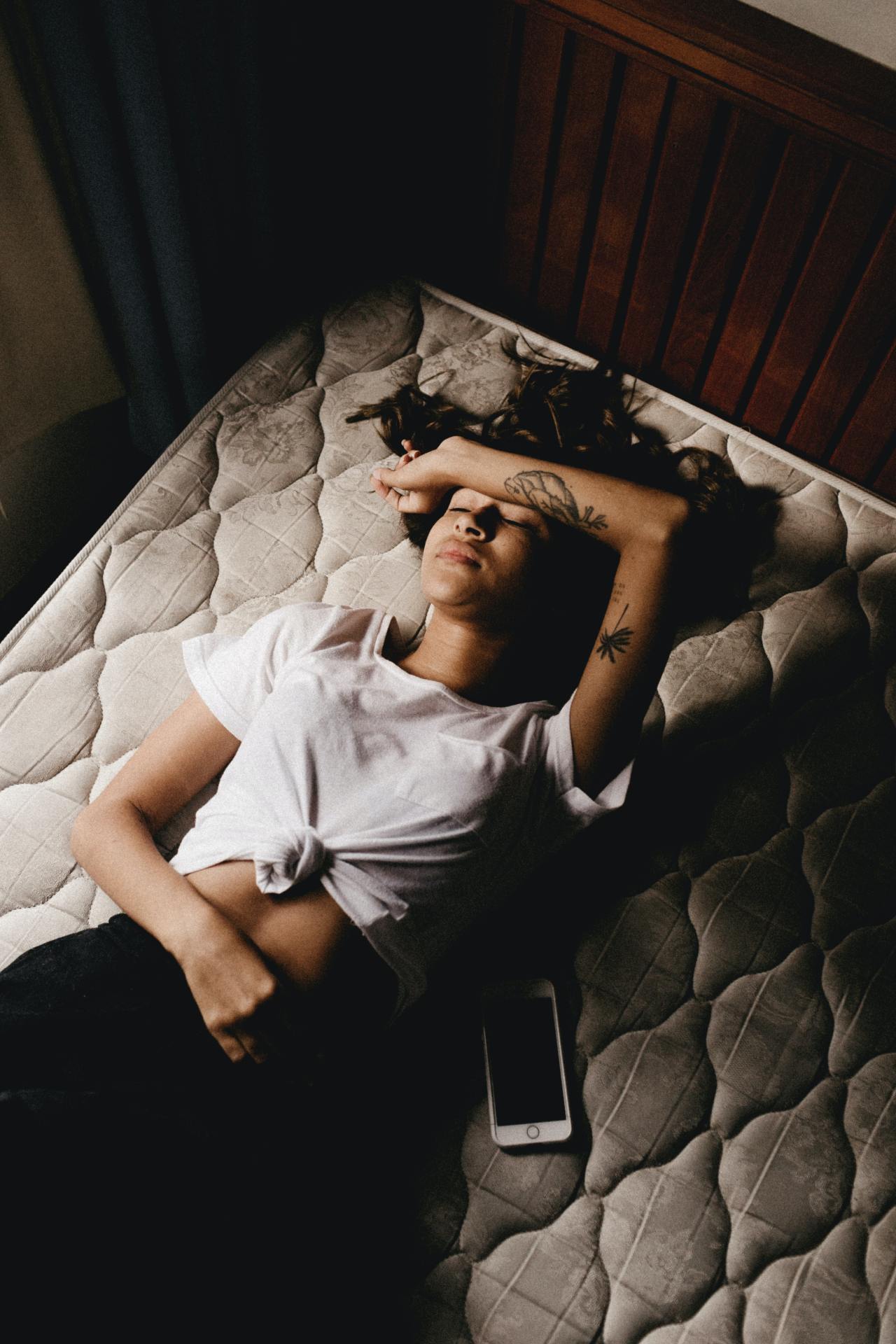
What It’s Like To Live With Chronic Migraines
There’s no proof someone can see, so they don’t believe you. That’s the thing: If you’ve never experienced a migraine, you might not know how truly debilitating it is.
*Disclaimer about not being a doctor.*
I don’t remember my first migraine. There was no before and after in my mind. When I meet a new doctor and they ask when my chronic migraines started, I just answer “for as long as I can remember.”
I may not remember the beginning, but I do remember how bad they were as a kid. I remember getting home from elementary school to an empty apartment, crumpling on the floor between the coffee table and our old brown couch, and sobbing for what felt like hours.
I remember laying in my bed with a cold, wet washcloth draped over my eyes and forehead, blocking all light and sound. Light was the enemy. Movement was the enemy. Anything other than sleep–which wasn’t likely to come, as the pain was too much–was the enemy.
Often, I would wake up already in the middle of a full-blown migraine. I’d miss the telltale signs of an impending episode because I was fast asleep. Rather than greeting the day with a smile and a fresh outlook on what’s to come, I’d see my pale, blurry face in the mirror. I’d wet a washcloth and crawl back into bed, often with tears streaming down my face.
Migraines run in the family, my mom would say, and my grandma’s had gotten much better as she’d finished puberty. The years ticked by, puberty came and went, and still I was plagued by this illness. MRIs showed nothing but a nice, squishy, healthy brain. Cocktails of over-the-counter pain relievers and new migraine medicines barely made a dent in the creeping ivy of migraine that had woven its way around my head and neck.
I missed a lot of school. I missed out on concerts with friends. I often missed out on just living life. When I’d explain why I couldn’t make it, I’d sometimes get the “just a headache” line. Invisible illnesses are like that. There’s no proof someone can see, so they don’t believe you. That’s the thing: If you’ve never experienced a migraine, you might not know how truly debilitating it is. I once heard someone describe a migraine like this: “It’s just like an ice cream headache, but it doesn’t go away after a few seconds. It sticks around for hours. Sometimes days.”
The pain crushes into the side of my head and neck. Sometimes it’s a dull weight. Others, like an ice pick driven into my temple, through my eye, and into the side of my nose. The pain is extreme, so bad that the urge to call 911 often creeps up. Then the thought of the searing bright hospital lights keep me from making the call. Migraines come with a unique nausea. Like a queasiness in your head, rather than your stomach. If the queasiness is too much, vomiting is sure to follow. I can barely concentrate, and the effort of stringing together a coherent sentence is sometimes impossible.
I would discover at 18 that caffeine was one of my migraine triggers, explaining why mine were so terrible as a teen, since I was chugging Wild Cherry Pepsi like it was water. And that’s the shitty thing about migraines. Migraine triggers are plentiful for people, and often remain a mystery. In addition to caffeine, I also have lack of sleep, skipping meals, and perfume to thank for triggering some of my migraines. And yet still I have more that I haven’t discovered. But there is no hard and fast rule for what could be a trigger. Caffeine is a perfect example. For some, it actually helps their migraines. For me, it only makes it worse. Coordinating with other migraine sufferers devolves into: “Have you tried this?” “Yeah, that didn’t work for me.”
In high school, as I inched ever closer to graduation day, a feeling of doom slipped over me. If I couldn’t make it even one week without missing at least a day of school because of my migraines, how would I ever make it out there in the “real world?” The real world, with its set-in-stone work hours and bosses who won’t even let someone stay home sick when they were missing limbs. The future seemed bleak.
I wish I could say that my migraines got better. Now in my 30s, they’re still an almost daily struggle. I’ve been working with a neurologist for years now, trying all sorts of new migraine medications and treatments. I’ve been getting 31 injections of Botox for Migraine every three months for the past year. Has it helped? A little. When I was a kid, every migraine was a 10/10 on the pain scale. Now I can call many of my adult migraines “mild.”
When you live with chronic pain for decades, you come up with all sorts of ways to cope. I have a red armchair I got from Goodwill when I was moving into my first apartment. I called it the “headache chair” because it holds my head and neck just right so that it can sometimes stop a migraine before it gets too bad. I have knee-high socks filled with uncooked rice that I can heat up in the microwave if cold isn’t the thing I need. I carry topical muscle rubs with me wherever I go so I can stop something from getting too bad that I can’t drive myself home. I’m a wealth of knowledge, a ledger of all of the little things that work and don’t work.
I’ve been tracking my migraines in a little bullet journal I keep on my desk. Each day, I mark lines for the state of my head. Vertical slashes for “just a headache,” cross-hatched vertical and horizontal lines for migraines. A day from from slashes marks a blissful 24 hours with no pain. 2021’s migraine tracker is a complicated web of lines, each slash a memory, a day when I had to cancel plans, a night when I cried into my phone as I spoke with my mom about the pain, a moment when I could barely keep some saltine crackers and a bit of water in my stomach.
I’m only part-way through life. I have so many more years to go. Migraine science is always coming up with new things. Maybe they’ll release a new treatment that finally works. Maybe the migraines will go away with menopause. I choose to still hold that glimmer of hope. And while I wait, I’m just going to savor the days when I feel good. I’m going to focus on the positive. So many people have told me their “getting better” migraine stories. Fingers crossed that I become one of them.











